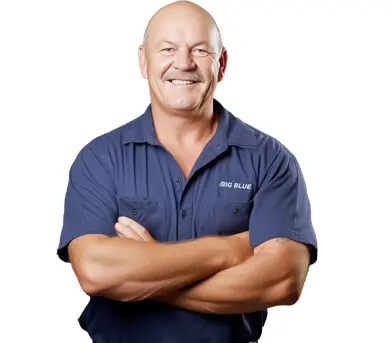Keeping up with plumbing maintenance is vital for homeowners. When you prioritise it, you’re helping prevent expensive problems and ensure your pipes last as long as possible.
As the trusted local plumbing experts on the Sunshine Coast, Big Blue Plumbing is here to emphasise the significance of regular plumbing maintenance and provide expert advice.
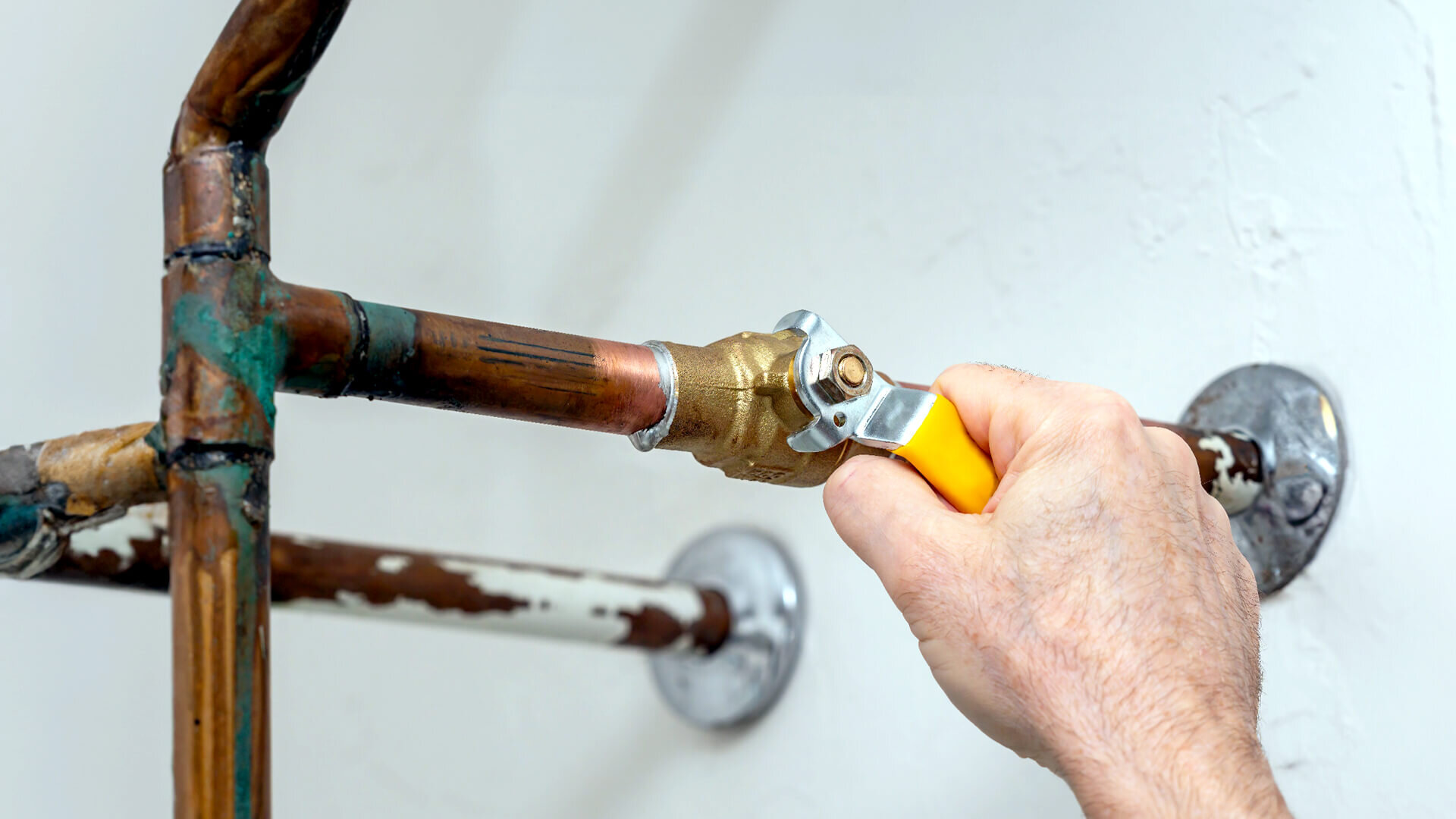
Overlooking plumbing maintenance can spell trouble. Water leaks, blocked drains, and burst pipes can wreak havoc on your home and lead to costly repairs. Investing in regular upkeep helps catch minor issues before they become big emergencies.
Homeowners who regularly maintain their plumbing systems face fewer emergencies and enjoy longer-lasting pipes. It’s reassuring to know your plumbing is in great shape, reducing the risk of unexpected, costly repairs.
Don’t wait for a drain blockage or a burst pipe to remind you of the importance of plumbing maintenance. Take preventive action today by joining us in this article. Let’s begin!
Common Signs Of Potential Plumbing Problems
Identifying potential plumbing issues early on, such as a blocked drain, can prevent a significant plumbing emergency. Awareness of common signs can also help avoid plumbing disasters.
Leaks From Your Pipes Or Fixtures
Water leaks are one of the critical signs to watch out for. Look for water stains, dampness, or mould growth on walls, ceilings, or floors. If you notice a persistent musty smell or see discolouration, it may indicate an underlying leak that needs immediate attention.
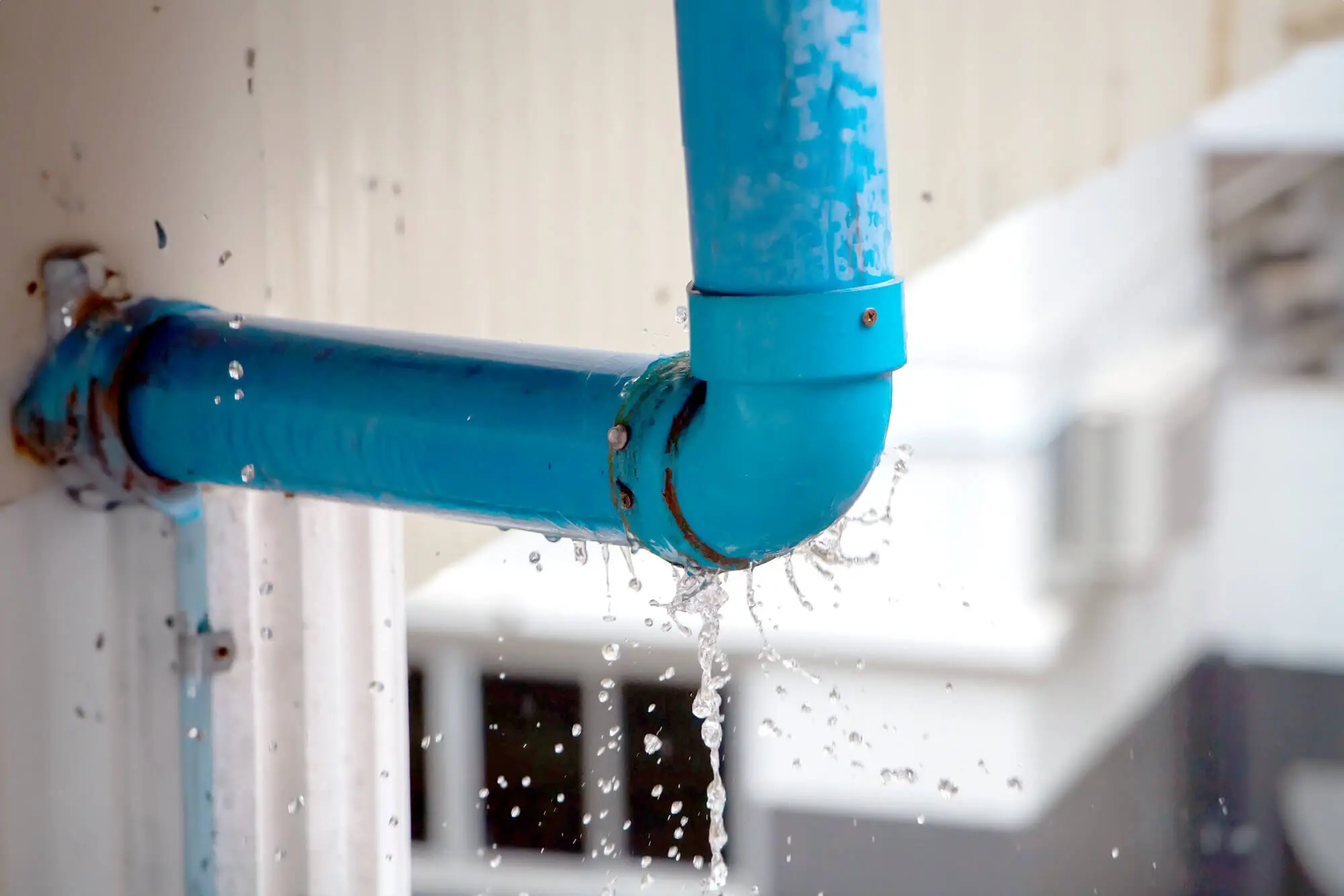
Low Water Pressure
Another telltale sign is low water pressure. If your faucets or showerheads produce weak streams of water, it could be due to drain blockages, tree roots, too much toilet paper, pipe corrosion, or other plumbing issues. Please pay attention to this sign, as it may point to more significant problems within your plumbing system.
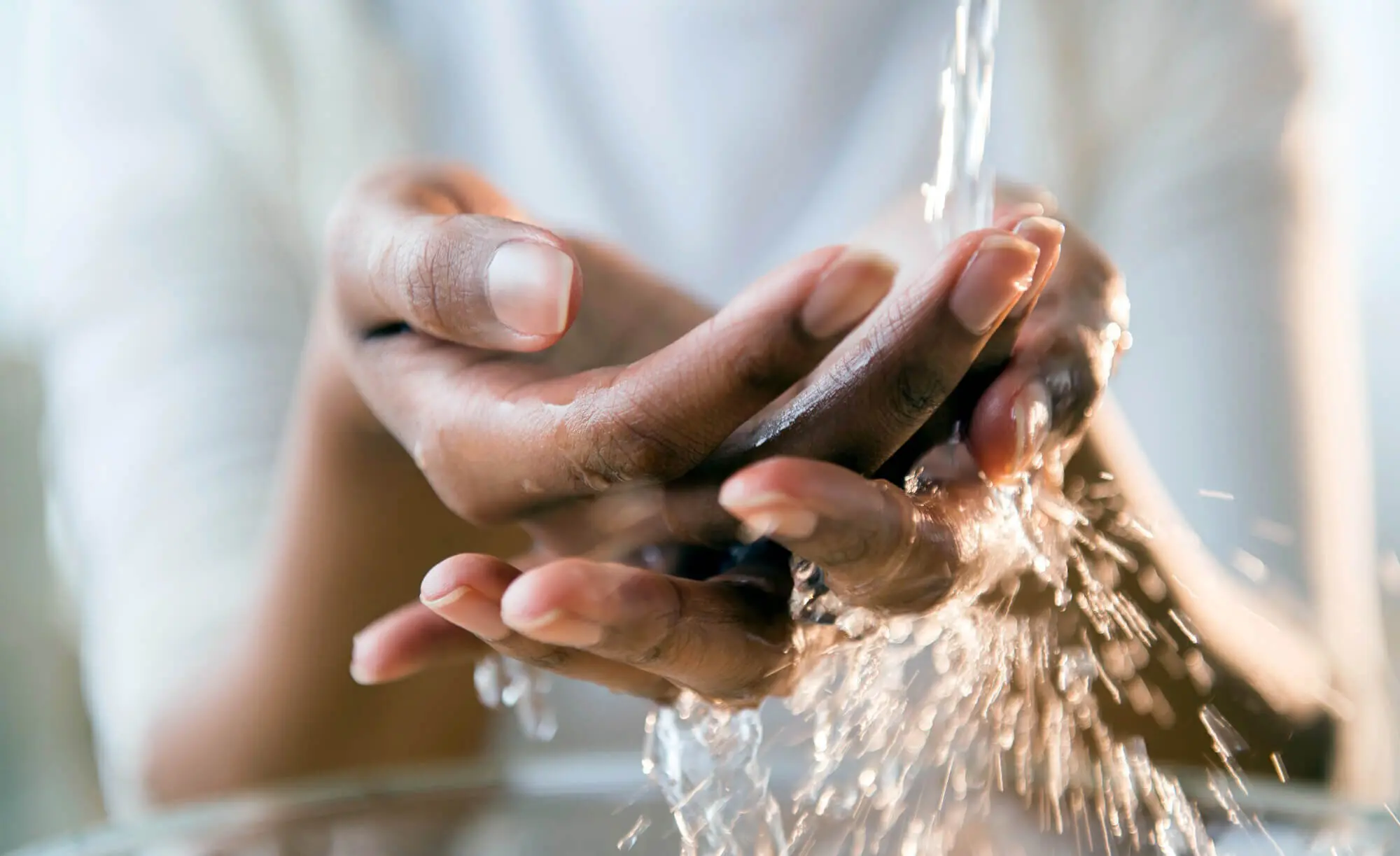
Strange Sounds From Your Plumbing
Odd sounds like banging, clanging, or gurgling can signal plumbing troubles. These noises often mean there’s air in the pipes or blockages affecting the water flow.
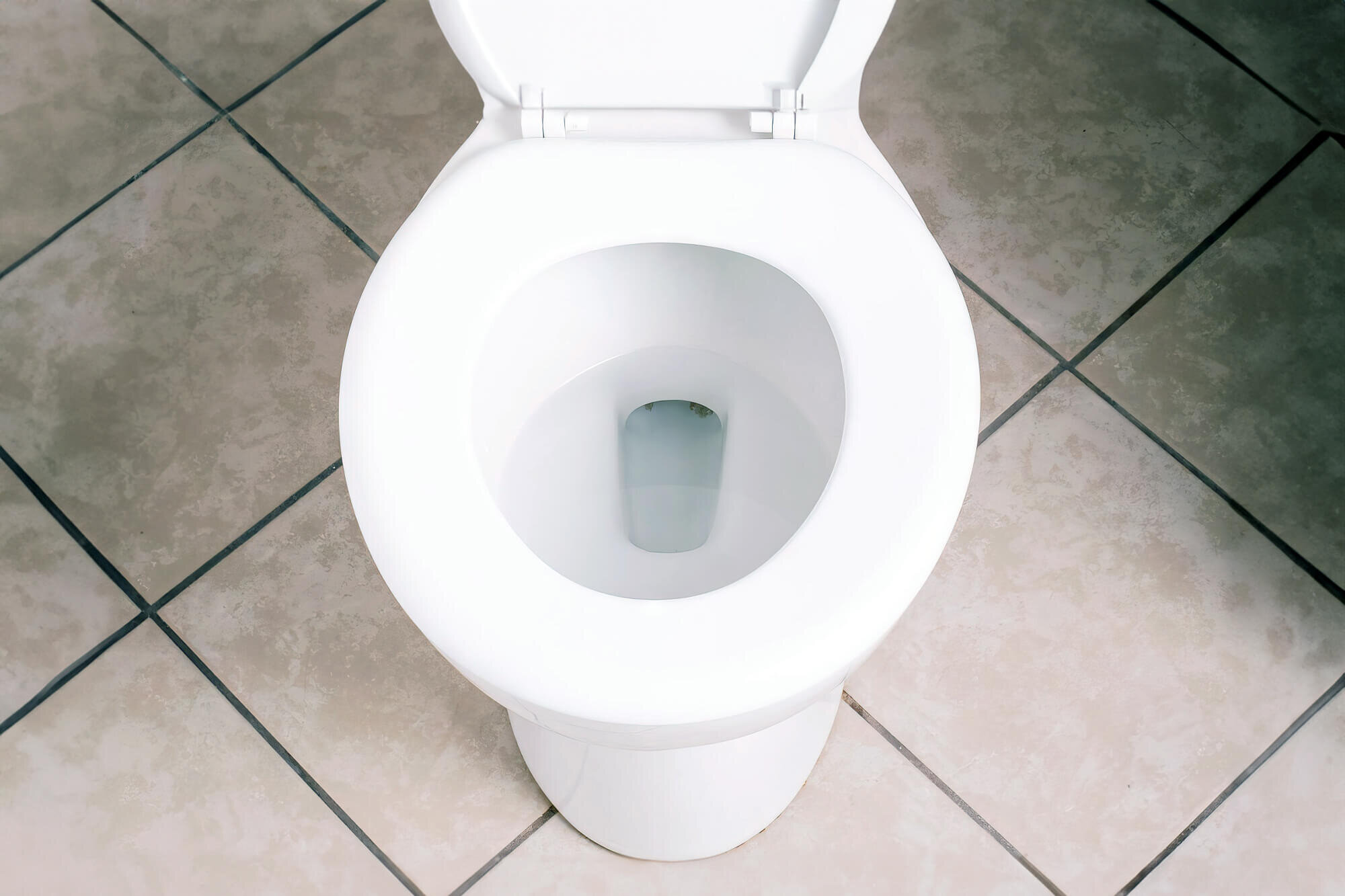
Practical Tips For Preventing A Blocked Drain
Dealing with blocked drains can be frustrating. However, with a few practical tips, you can prevent drain blockages and ensure the smooth flow of water through your pipes.
Dispose Of Waste Correctly
Proper waste disposal is crucial in preventing a blocked drain. Avoid flushing items like sanitary products, cat litter, and baby wipes down the toilet. These items can accumulate and cause blockages in your plumbing system. The same is true for things such as long hair. Instead, dispose of them in the appropriate trash receptacles.
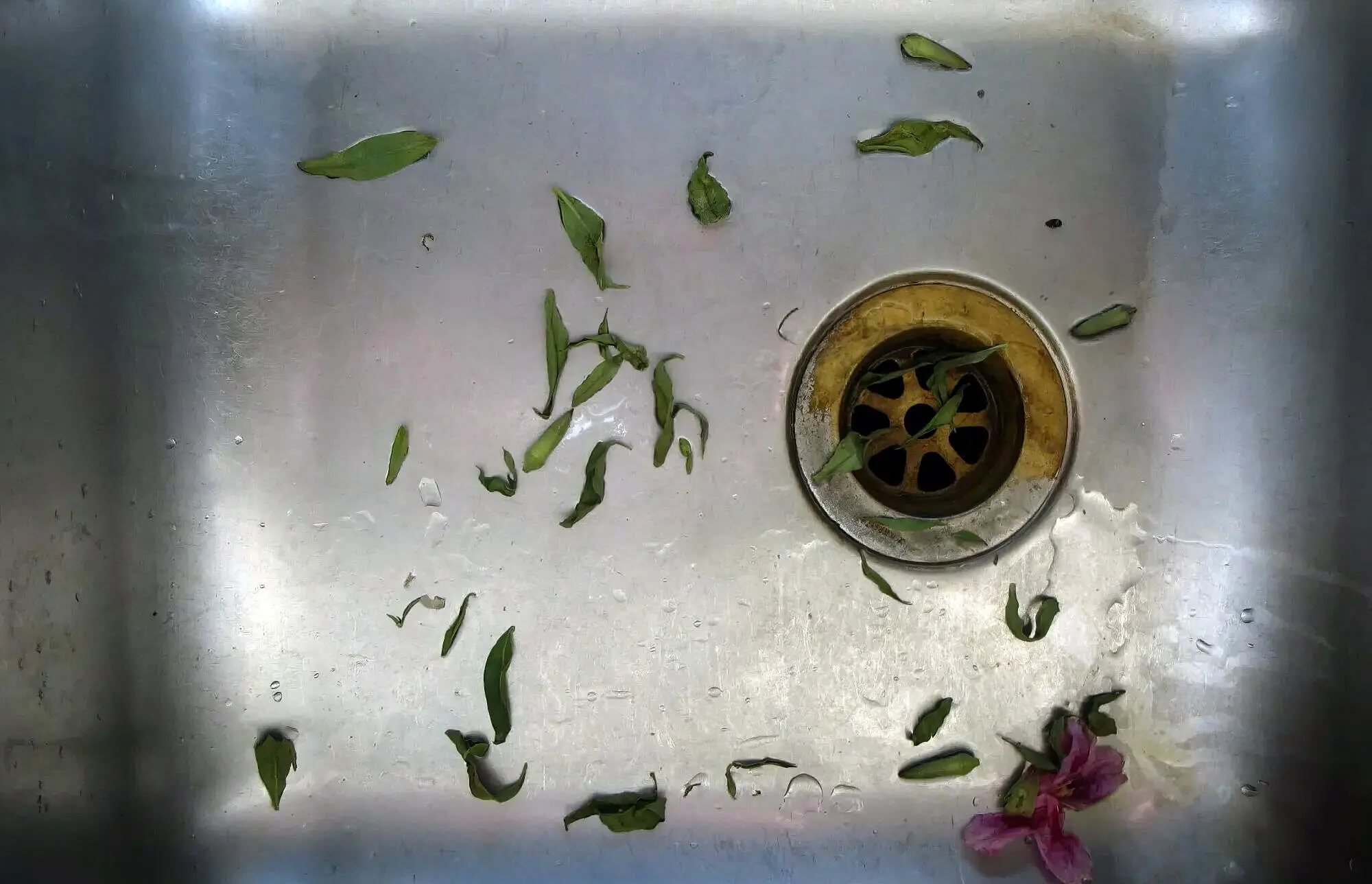
Don’t Pour Grease, Fat Or Cooking Oil Down Drains
Another important tip is to avoid pouring grease or cooking oil down the drain. When the grease cools, it solidifies and can stick to the inside of your pipes, leading to a blocked drain. Instead, let the grease cool in a container and dispose of it in the trash.
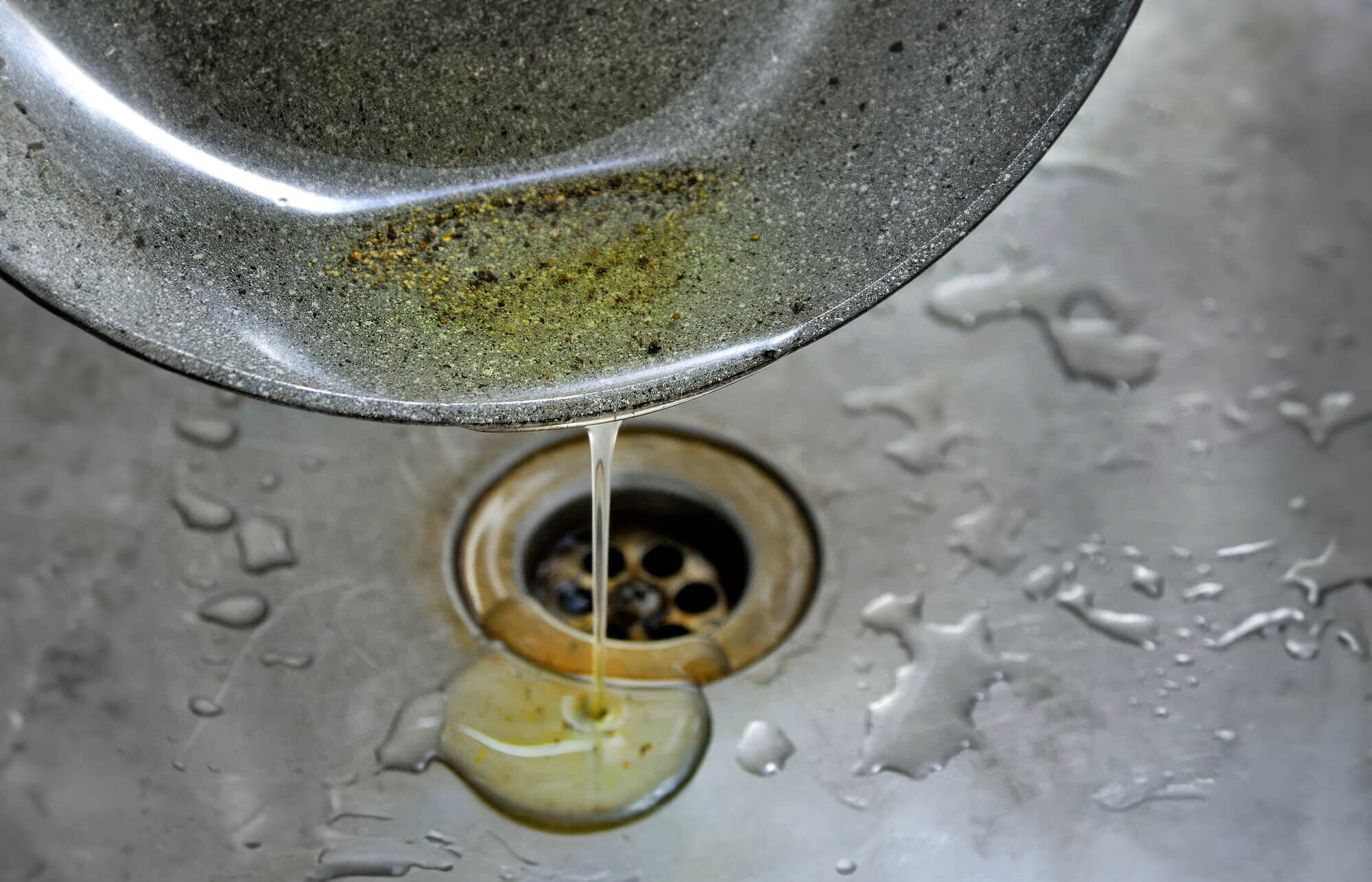
Protect Your Guttering System
Using gutter guards prevents debris, such as leaves and tree roots, from entering your outdoor drains. These inexpensive and easy-to-install devices catch debris before it can accumulate and cause blocked drains and gutters. Regularly clean the gutter guards to ensure their effectiveness.
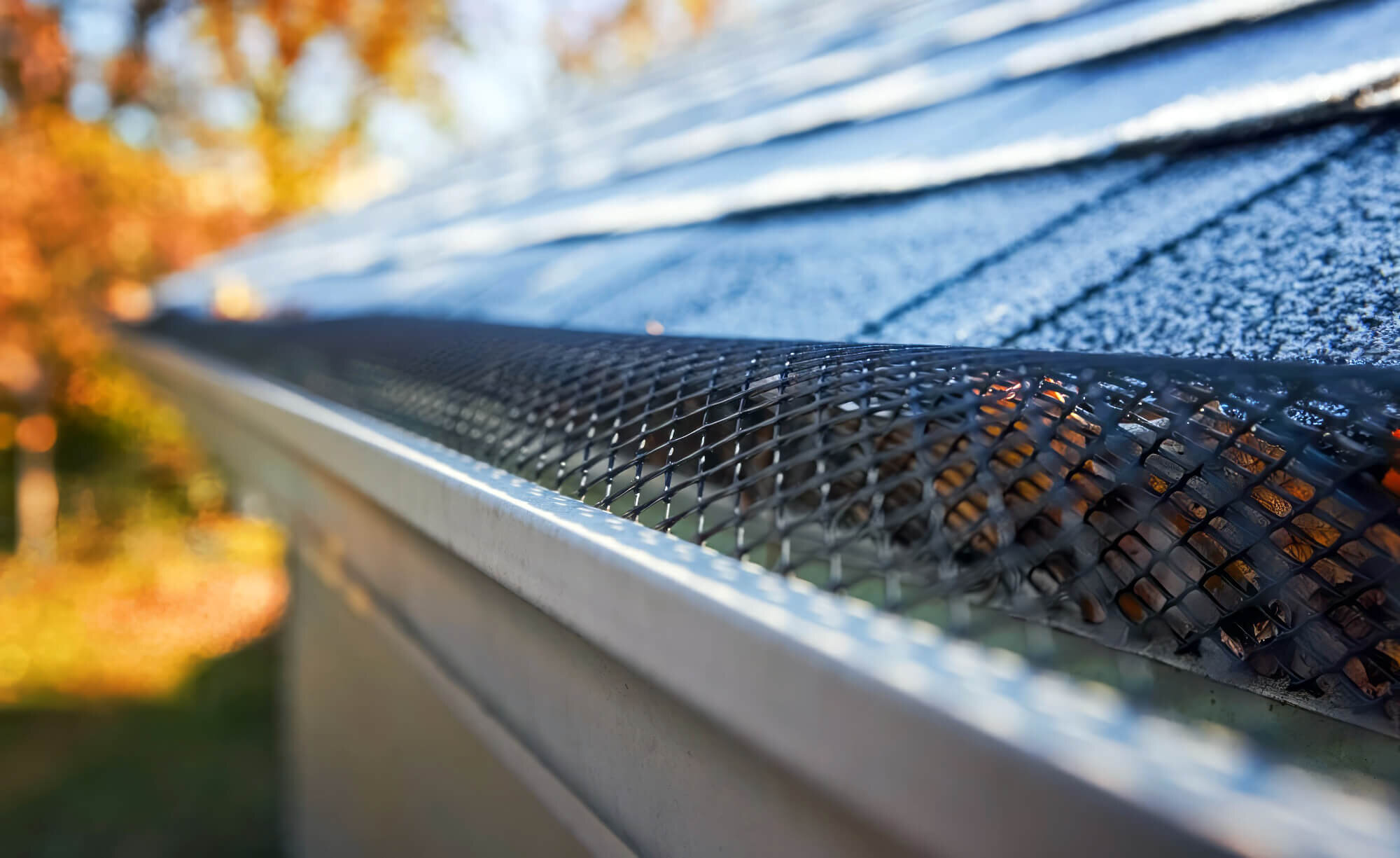
Dos And Don’ts for Maintaining Healthy Pipes
Maintaining healthy pipes is essential to your plumbing system’s overall functionality and longevity. You can keep your pipes in top condition by following simple dos and don’ts.
- Use caustic cleaners when necessary. Harsh chemicals can damage your pipes over time, leading to leaks, drain blockages, and corrosion. Opt for safer alternatives that are gentle on your plumbing system while clearing a minor blocked drain.
- Do schedule regular inspections with a qualified plumber. A team of professional plumbers will assess the condition of your pipes, identify potential issues, such as a blocked drain and provide timely solutions. Regular inspections allow plumbers to catch minor problems before they escalate into major plumbing emergencies.
- Do practice water conservation. Conserving water benefits the environment and reduces the strain on your plumbing system. Repair any leaks promptly, use water-efficient fixtures, and be mindful of excessive water usage to preserve the health of your pipes.
- Don’t use chemical-based solutions to unclog a blocked drain. These solutions may temporarily relieve blocked drains but can damage your pipes in the long run. Instead, call your local emergency plumber. Boiling or hot water can have the same effect, potentially melting PVC or plastic pipes.
- Don’t ignore early warning signs of plumbing problems. If you notice bathroom sink leaks, unusual noises, a blocked drain or changes in water pressure, address them promptly. Ignoring these signs can lead to more significant issues and costly repairs.
Step-by-Step Guide for Handling Minor Plumbing Repairs
Minor plumbing issues can sometimes be resolved without professional plumbers. You can tackle more minor repairs independently by equipping yourself with some basic knowledge and following a step-by-step guide. Let’s take a look at what these are!
Fixing A Dripping Tap
A dripping tap is annoying, wastes water, and increases your utility bill. Follow these steps to fix it:
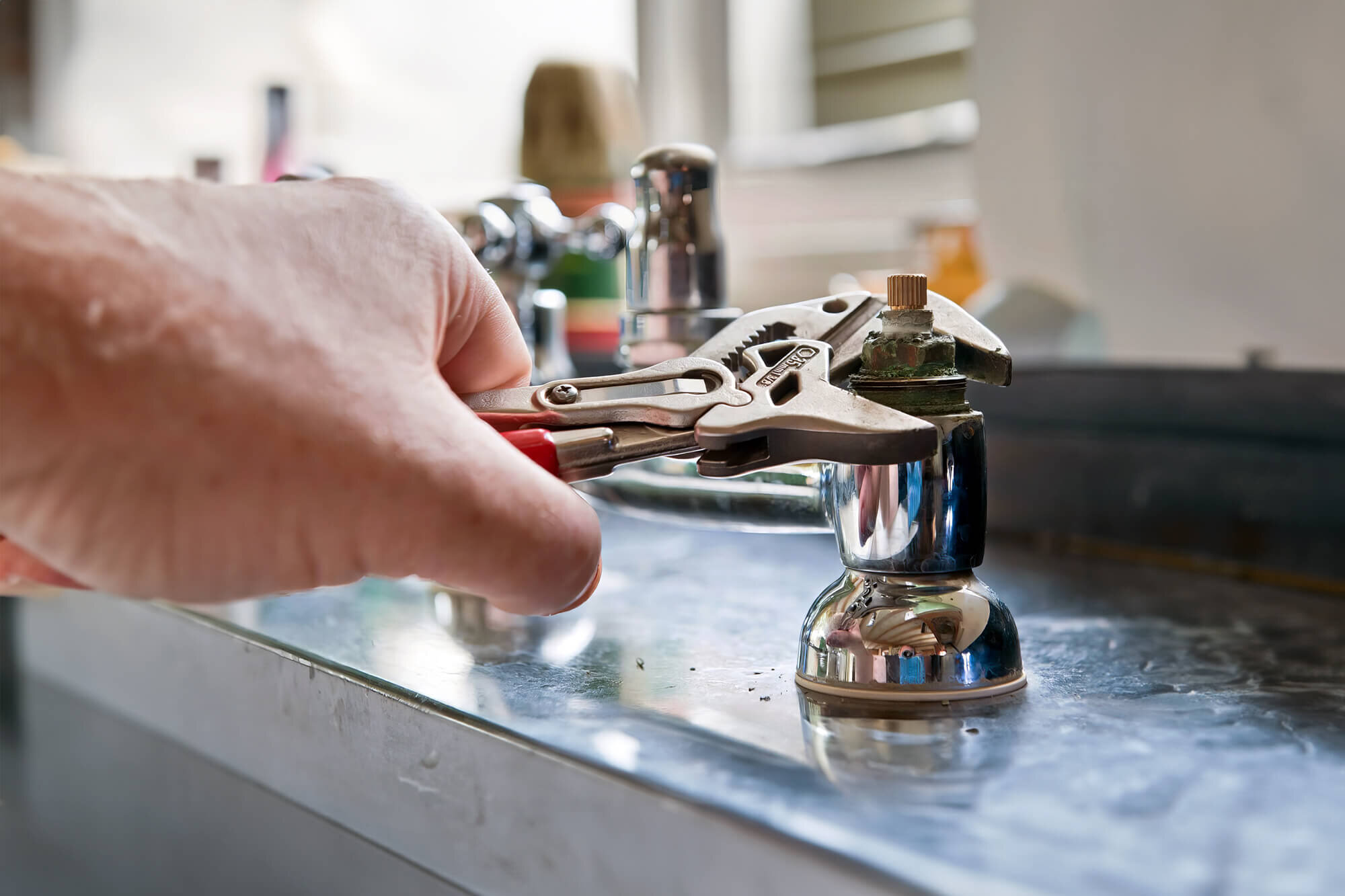
Step 1
Turn off the water supply to the faucet. Look for the shut-off valve under the sink and turn it clockwise until the water flow stops.
Step 2
Use a screwdriver or adjustable wrench to remove the faucet handle. Look for a screw or nut securing the handle and unscrew or loosen it accordingly.
Step 3
Once the handle is removed, inspect the internal components for any signs of wear or damage. Check the condition of washers, O-rings, and other seals.
Step 4
If you find worn-out parts, replace them with new ones. Note the specific sizes and types of washers or O-rings required for your faucet model. You can find these replacements at a local hardware store.
Step 5
Reassemble the faucet by following the reverse order of the disassembly steps. Put the new washers or O-rings in place, secure the handle back onto the faucet, and tighten the screw or nut.
Step 6
After reassembling, turn the water supply back on by turning the shut-off valve counterclockwise. Slowly open the faucet to check for any leaks. If there are no leaks, your dripping tap should be fixed.
Replacing A Showerhead
Upgrading a showerhead is a simple way to improve your shower experience. Follow these steps to replace an old leaking showerhead with a new one:
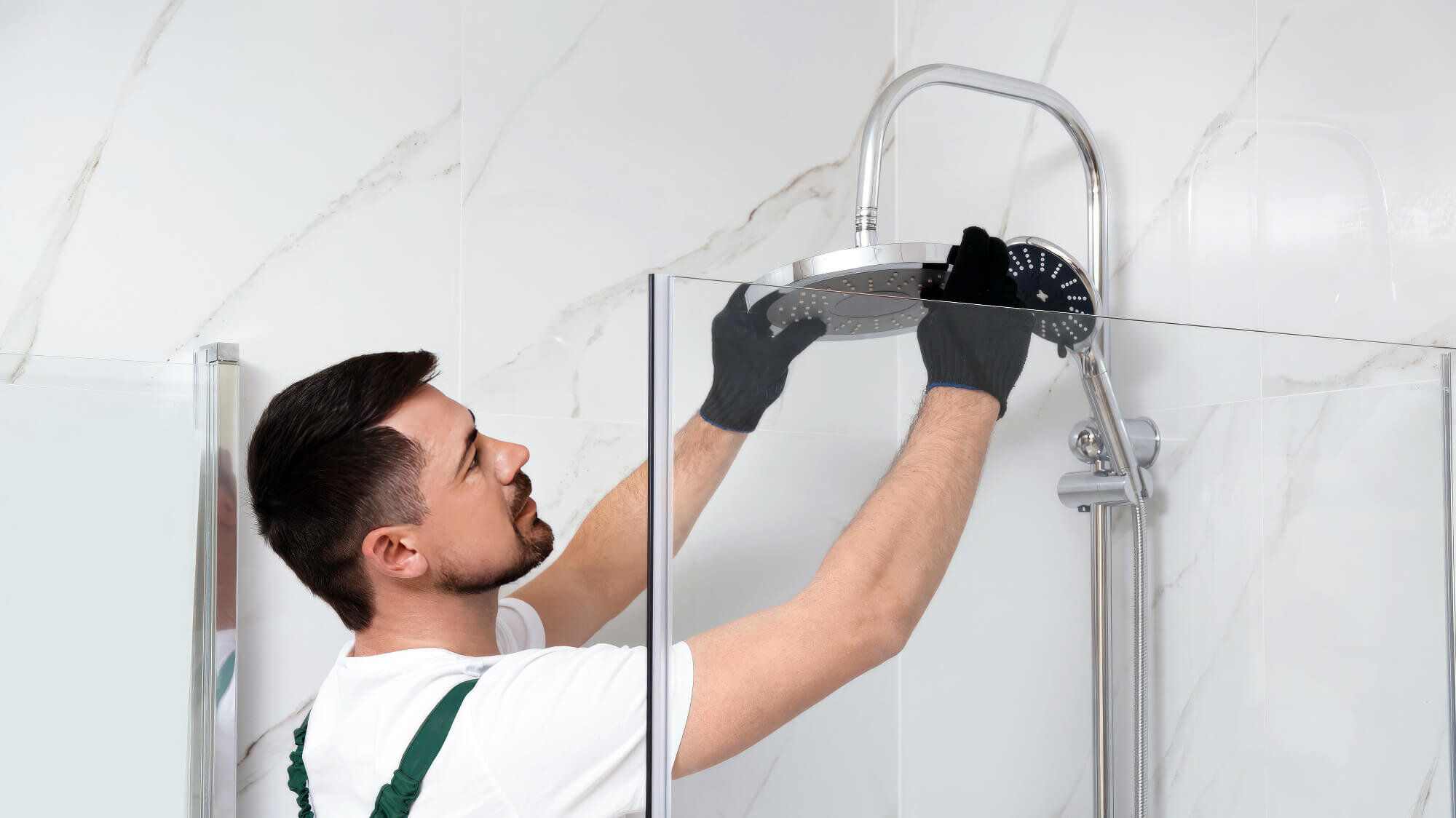
Step 1
Turn off the water supply to the shower. Look for a shut-off valve near the shower or use the main water shut-off valve for your home.
Step 2
Using pliers or an adjustable wrench, grip the existing showerhead firmly and turn it counterclockwise to unscrew it from the shower arm. Apply gentle pressure if it’s tight.
Step 3
Before installing the new showerhead, wrap the plumber’s tape around the threads of the shower arm clockwise. This helps create a watertight seal.
Step 4
Screw the new showerhead onto the arm by hand, then use pliers or an adjustable wrench to give it a final tight turn. Be careful not to overtighten, as it may cause damage.
Step 5
Once the new showerhead is securely placed, turn on the water supply by opening the shut-off valve. Check for any leaks around the connections.
Fixing A Running Toilet
A running toilet can waste a significant amount of water. To stop the constant flow, try the following:
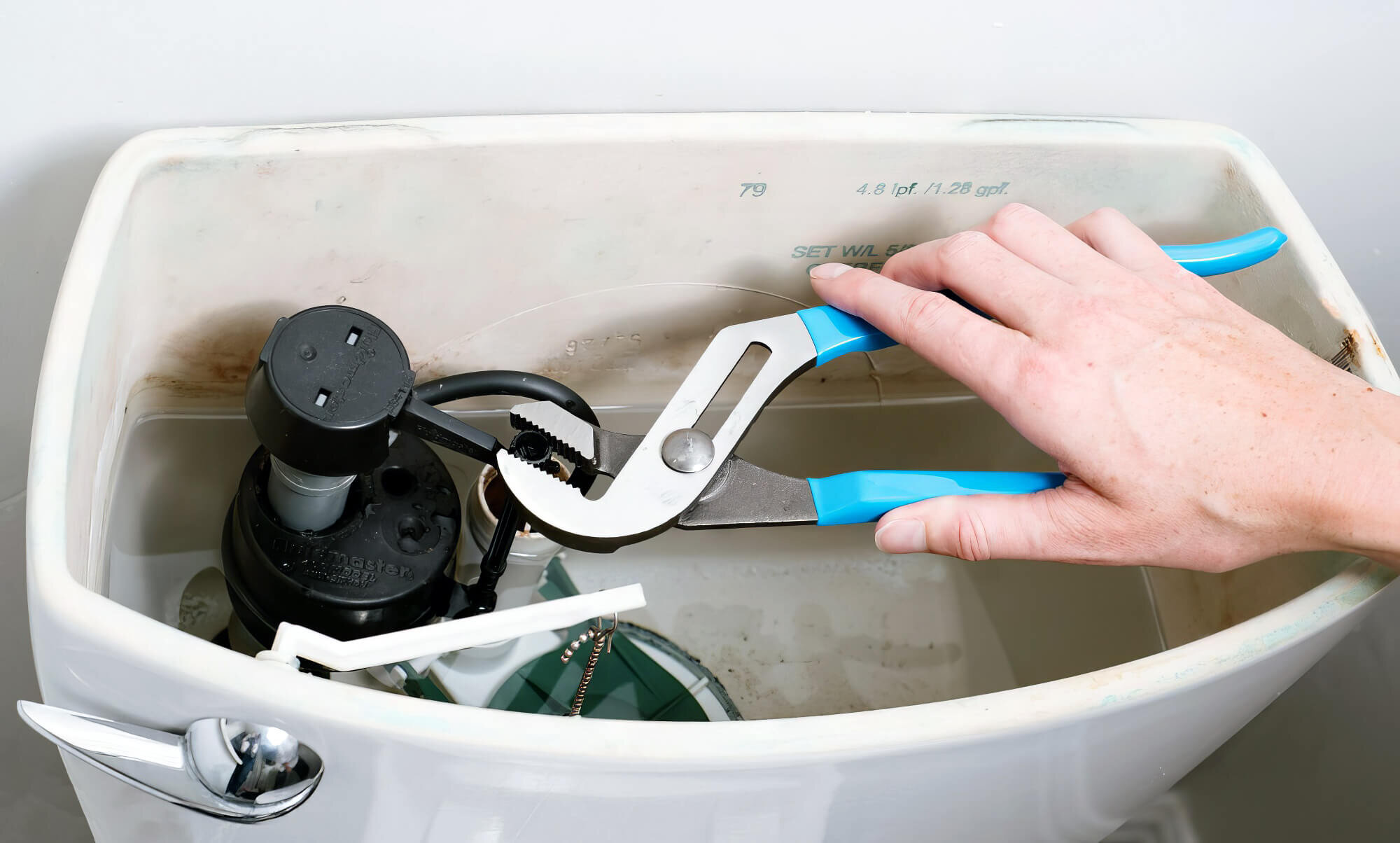
Step 1
Remove the toilet tank lid and place it in a safe spot. Look inside the tank and locate the flapper, usually at the bottom and connected to the flush valve.
Step 2
Check the flapper for any signs of damage or misalignment. If it’s worn or not sealing correctly, consider replacing it.
Step 3
First, replace the flapper and turn off the water supply to the toilet using the shut-off valve near the base.
Step 4
Drain the water from the tank by flushing the toilet and holding down the handle until most of the water is gone.
Step 5
Remove the old flapper from the flush valve chain and unhook any attachment points.
Step 6
Follow the reverse of the removal steps to install the new flapper. Please attach it to the flush valve chain and ensure it sits properly.
Partner With Big Blue Plumbing For Expert Plumbing Solutions
Understanding the early warning signs can help prevent plumbing emergencies, such as a blocked drain, dripping tap, or other issues.
Maintaining the plumbing in your home is crucial to preventing expensive problems and extending the lifespan of your pipes. You can avoid major headaches by staying proactive and promptly taking care of minor issues.
You might think baking soda and hot water are quick fixes, but they can sometimes cause more harm than good.
At Big Blue Plumbing, we are your trusted local experts on the Sunshine Coast. We are dedicated to providing you with professional advice and reliable plumbing services. Whether you need assistance with minor repairs, routine maintenance, or even complex blocked drains, our team is here to help.
With our extensive knowledge and experience, we can guide you through the intricacies of your plumbing system and offer practical solutions tailored to your specific needs. For more great maintenance tips, check out our gas plumbing maintenance guide.
FAQs
Can I Fix A Blocked Drain Myself?
A blocked drain can result from various causes, including improper disposal of cat litter in the toilet, tree root infiltration into outdoor drains, accumulation of long hair in shower drains or sinks, pouring cooking oil down the kitchen sink, and more.
While DIY remedies are available, such as acidic cleaners, boiling water, and a mixture of baking soda and vinegar, these solutions are only effective for minor issues. If you suspect a more significant problem, it is advisable to contact your local plumber for professional assistance.
How often should I schedule plumbing maintenance?
It is recommended that plumbing maintenance be scheduled at least once a year to catch potential issues early and ensure optimal performance.
What should I do if I have a plumbing emergency?
In case of a plumbing emergency, such as burst pipes or sewer backups, it’s best to immediately shut off the main water supply and contact a professional plumber for assistance.
